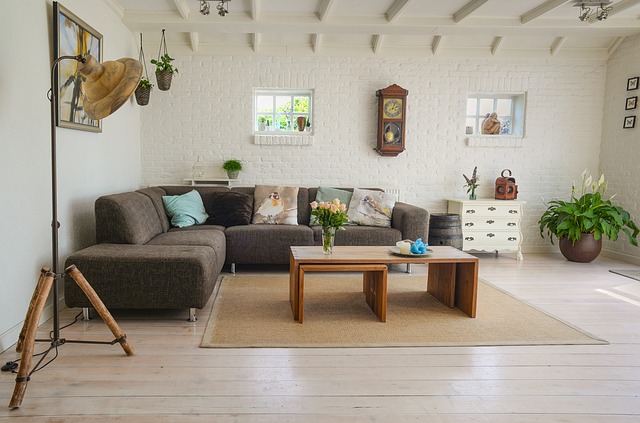Dreaming of your own home? If so, then you’ve probably planned out how you want it to look, too. You know what kind of windows you want in the living room, what style your doorways are going to be. You can probably picture it all down to the tiniest detail, but there is one problem—you don’t know what some of those architectural thingamajigs are called.
Just imagine, how are you going to explain to the builders that you want that ‘loopy thing at the end of the stairs’ or ‘that thing on top of the other thing’? Well, worry not because we got you covered. Check out these 8 uncommon names for house parts that you’ve probably never heard of before:
1. Inglenook

An inglenook is a nook or place of seating beside a fireplace. Let’s be honest: Philippine climate isn’t actually suited for indoor fireplaces. However, if you’ve ever wanted even a decorative one, wouldn’t an inglenook be the coziest place to sit during rainy days? You can wrap yourself up in a soft blanket, make a cup of tea or coffee, and read a good book. Complete the relaxing ambience of your little corner with pillows and a small table or shelf and you are sure to count it as one of your favorite parts of your home.
2. Kite Winder
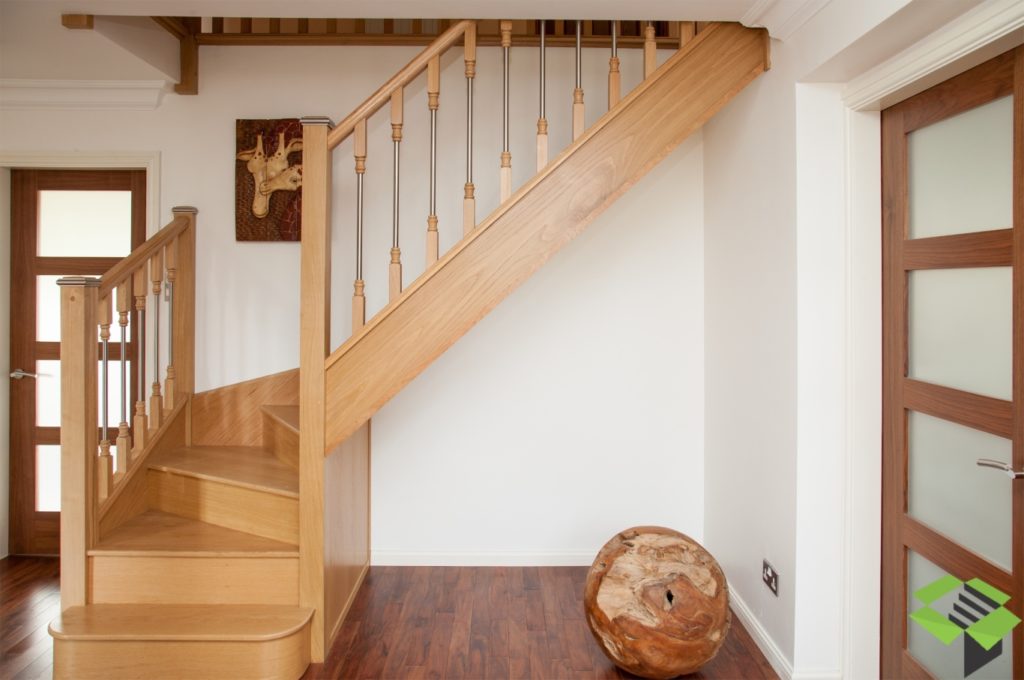
Unlike the inglenook, the kite winder is something you’d really need, especially if you’re building a 2-storey house. It is the second in the 3 wedge-shaped steps in a stairway that together makes a 90-degree turn. You should consider using winder stairs instead of a straight, flat landing because it is a space saver, which also means that it is less likely to dominate a room. It also gives your house a classy feel as it was commonly used in medieval houses.
3. Muntins
If you’re the type of person who wants their place lit up by natural light for as much as possible, then you’re probably thinking of putting up lots and lots of glass windows in your dream home. There are various designs to choose from depending on the size and design of your house. And although windows are a common enough fixture almost everywhere, not everyone knows what muntins are. Muntins are the narrow strips of wood or metal that divide and secure glass panes in windows. A little history for the trivia buff in us all: until the 19th century, it was economically necessary to use smaller glass planes to form windows because they were more affordable to make. Hence, they had to come up with muntins that would secure and hold those panes together.
4. Enfilade
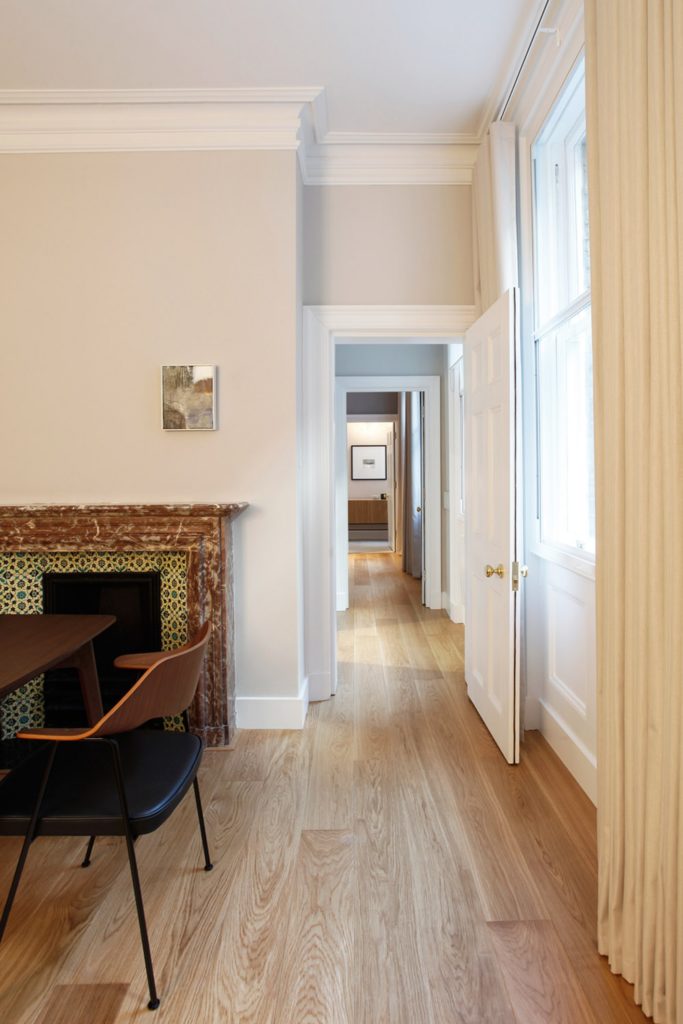
Ever wanted to sashay your way across all the rooms in your house like you’re on a catwalk? Think about putting in an enfilade. It is a series of doors that connect rooms in a straight path. The idea is that when you open all the doors, you’ll be able to walk along one uninterrupted line. It makes for a stunning first impression because it would probably remind your visitors of regal places like museums and cathedrals. And as a trivia for would-be guests in your would-be home, you can tell them that enfilades were a common feature in grand European architecture from the Baroque period. In the grand homes during that period, access to the inner rooms was restricted to high-ranking individuals or close acquaintances of the owners. Baroque protocol dictated that visitors who were ranked lower than the person they were visiting would be escorted by servants from the outermost room to the farthest room that their status allowed.
5. Haunch
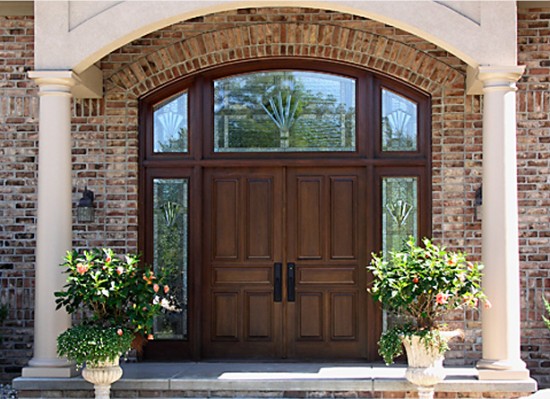
A sure way to add a dramatic flare to your doorways, especially at your main door, is using arched entrances. Like the other architectural elements in this article, arches would give your house a regal ambience because they are common in Gothic architecture. If you do decide to use arches in your house, surprise the builders with your technical knowledge and casually slip the word ‘haunch’ in conversation. Haunch is the term they use to refer to the curving part of an arch.
6. Scuttle
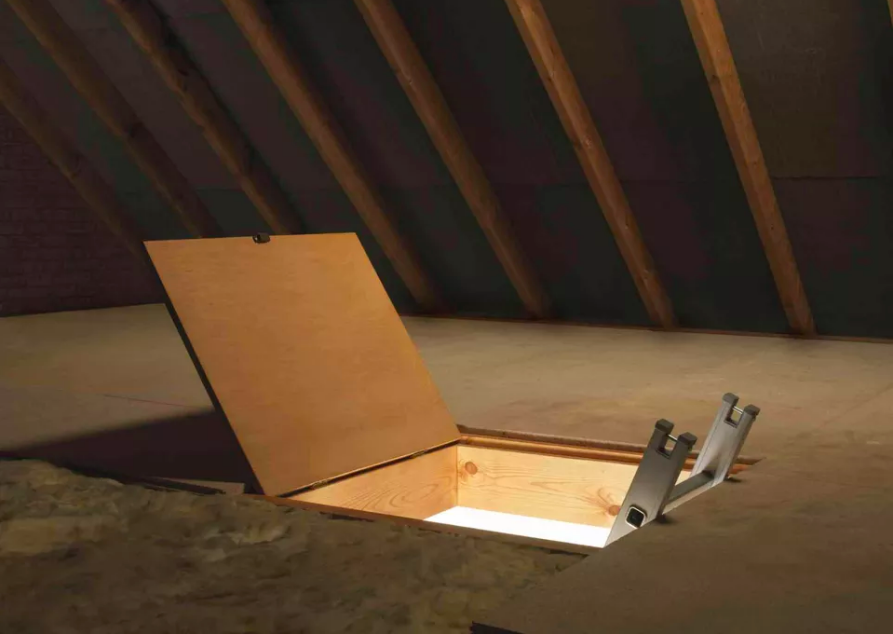
Another space-saving trick is using the area right below your ceiling for storage. You can either make a cozy little room up there—place a thick and soft carpet and throw pillows on the floor and arrange some low shelves for a reading or playing area—or you can simply use it to stash boxes of old photos and other memorabilia, holiday décor, or other things you don’t actually use but can’t throw away yet to free up space in the other rooms of your home. Make sure to put a ‘scuttle’ in an accessible area, though. It is the ceiling opening with a cover or a hatchway, so that you can easily climb to your attic.
7. Oeil-de-boeuf / Ox-eye window
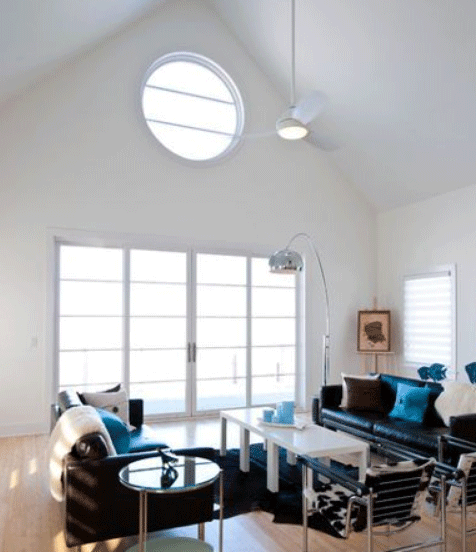
Whether you have an attic or prefer high ceilings in your home, you can use that space for an oeil-de-boeuf. An oeil-de-boeuf, or ox-eye window, is a small oval window usually placed on the upper levels of a house. They are excellent accents in an otherwise ordinary space and gives more light as well. This would work especially well if you choose to put up your dream home somewhere near a wooded area, because you can have the refreshing and calming view of treetops inside your home.
8. Louver

Louvers are a type of window, one that is suited for those who want natural light but do not want to have to use curtains to block the sun’s rays during midday. Louvers are window blinds or shutters with horizontal slants that are angled to let in light and air but keep out rain, direct sunlight, and noise. This would be perfect if you happen to live somewhere near the roads or in the city, where the sounds of cars passing by can be overwhelming. You also wouldn’t need to worry about rain water soaking your furniture in case you’re the forgetful type who might not remember to close the drapes before going to bed at night.

